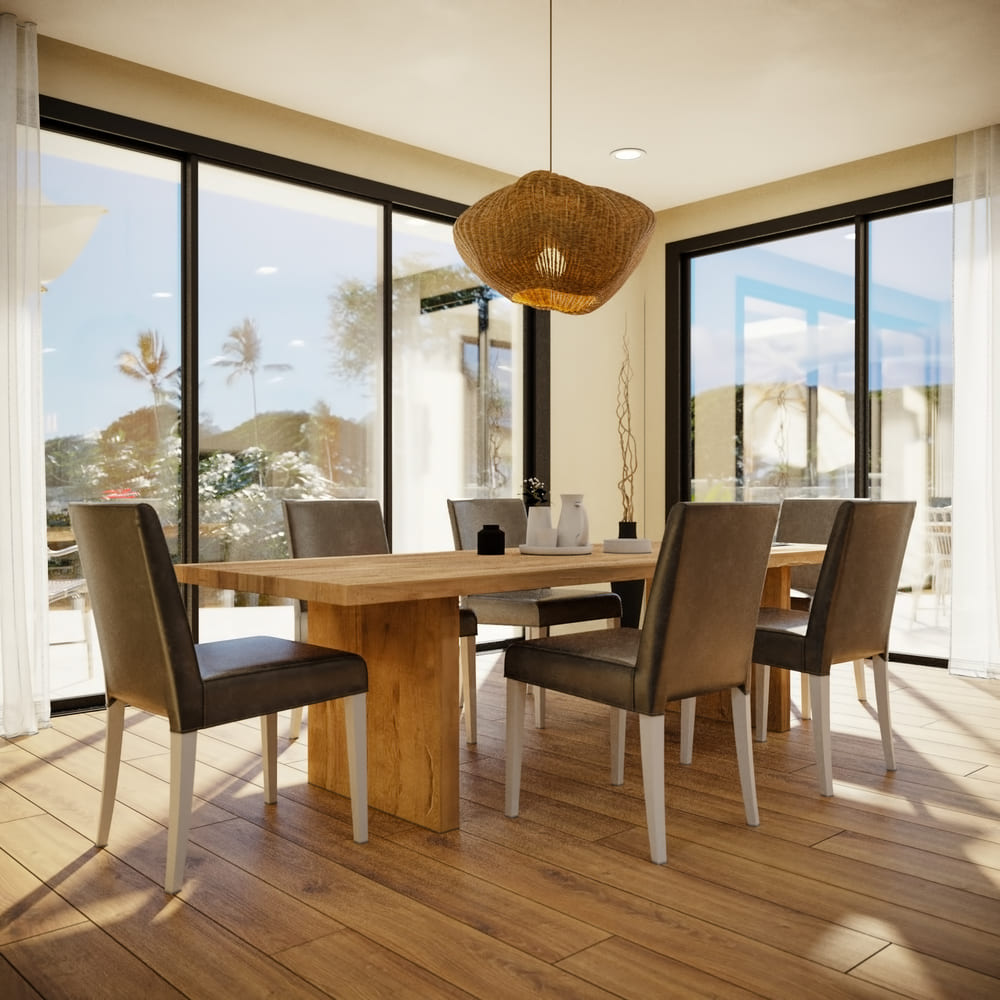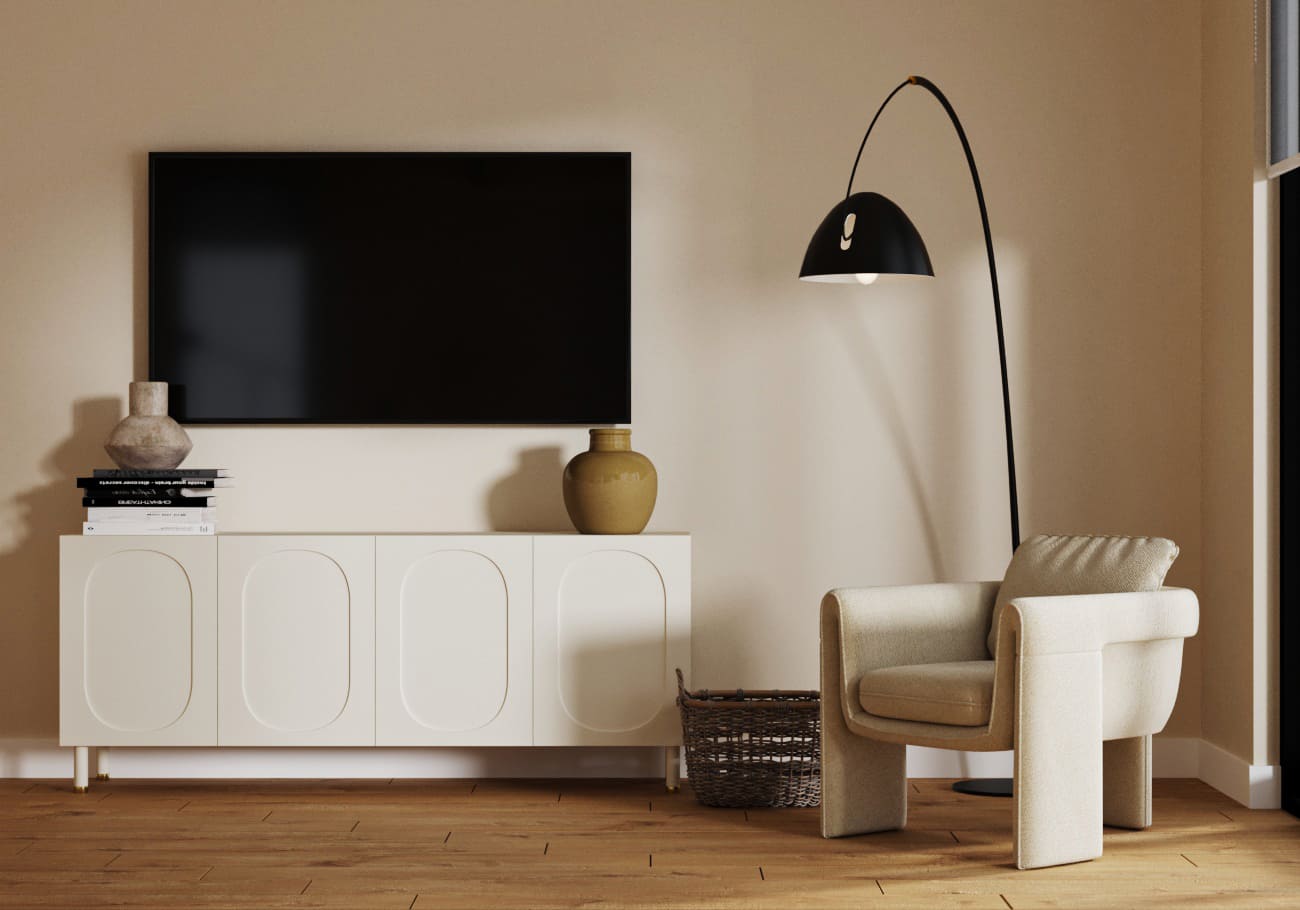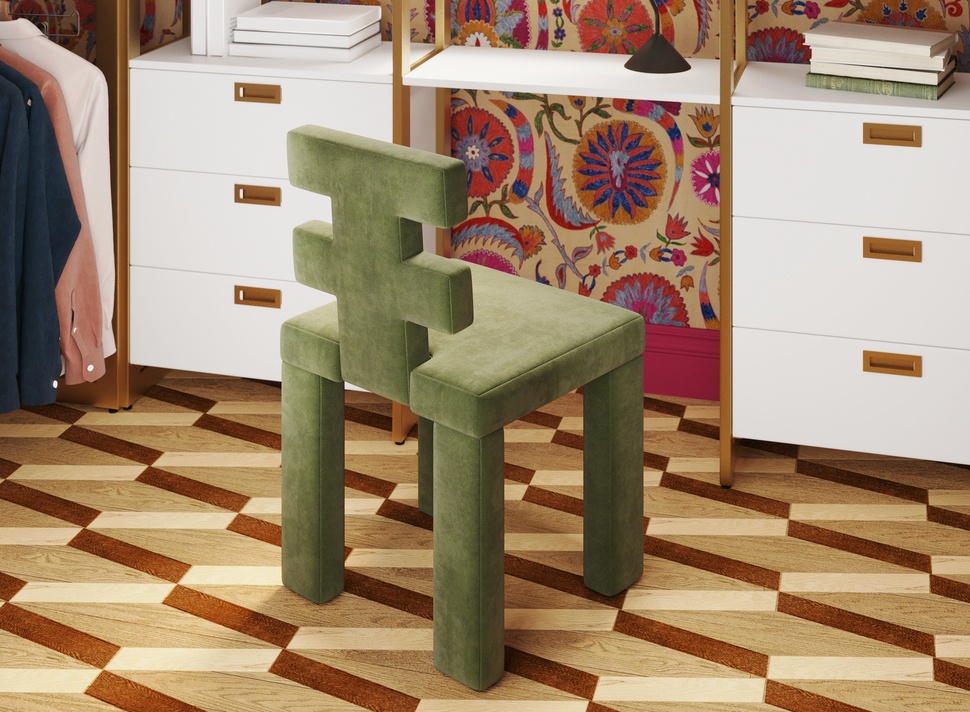WebAR and 3D Models: A Synergy Transforming Online Shopping
Introduction
The digital shopping landscape is transforming significantly, courtesy of the synergistic relationship between Web-based Augmented Reality (WebAR) and 3D models. This innovative combination revolutionizes the online shopping experience, making it more immersive, interactive, and engaging. Integrating these technologies is a trend and a paradigm shift in e-commerce, setting new standards for how consumers interact with products online. This article delves into the intricacies of WebAR and 3D models, exploring how their convergence reshapes the online shopping experience and the e-commerce industry.
The emergence of WebAR and 3D modeling as critical players in e-commerce marks a shift from traditional online shopping experiences, mainly limited to static images and text descriptions. Now, consumers can enjoy an interactive and realistic view of products, akin to a physical shopping experience, but with the convenience of online platforms.
Understanding WebAR and Its Impact
Basics of WebAR Technology
WebAR refers to using Augmented Reality experiences directly within a web browser without additional apps or downloads. This technology leverages the capabilities of modern web browsers to overlay digital information onto the real world as seen through a smartphone's camera. WebAR works on the principles of AR, but its accessibility through web browsers like Chrome, Safari, and Firefox makes it more user-friendly and widely accessible.

Image from Yousee Studio
Unlike traditional AR applications, which require users to download specific apps, WebAR offers the convenience of instant access. This is crucial in online shopping, where the ease of access can significantly influence consumer engagement and sales conversions. WebAR’s key features include marker-based and markerless AR, allowing for different interactions with digital content. For instance, marker-based AR uses predefined images to trigger AR experiences, while markerless AR uses spatial understanding to place digital objects in the real world.
WebAR in the E-commerce Landscape
Integrating WebAR into e-commerce has opened new avenues for businesses to showcase their products. It offers customers a more detailed and interactive view of products, enhancing the online shopping experience. For instance, retailers like IKEA and Sephora have implemented WebAR to allow customers to visualize furniture in their homes or try makeup virtually. This boosts customer engagement and helps reduce return rates by providing a more accurate representation of products.
Businesses benefit from WebAR in several ways, including increased customer engagement, higher conversion rates, and enhanced brand recognition. On the other hand, customers enjoy a more immersive shopping experience, with the ability to try products virtually before making a purchase decision. According to a report by Shopify, products with AR content showed a 94% higher conversion rate than those without AR.
The Role of 3D Models in Online Shopping
Creating 3D Models for E-commerce
Developing 3D models for e-commerce involves a detailed process that starts with concept design, 3D modeling, and texturing. Tools like Autodesk Maya, Blender, and Adobe Dimension are commonly used for creating high-quality 3D models. The key is to develop models that are visually appealing and accurately represent the product’s dimensions, textures, and colors.
High-quality, realistic 3D models are crucial for successful implementation in e-commerce. They must be detailed enough to give customers a true sense of the product but optimized for web use to ensure fast loading times and smooth interaction. For example, an online electronics retailer would need detailed 3D models showing the product from various angles, highlighting its design, features, and dimensions.
Enhancing Product Visualization
3D models significantly enhance product visualization in online shopping. They allow customers to view products in a 360-degree space, zoom in for finer details, and sometimes even customize features like color or components. This level of interaction was previously unattainable with standard 2D images.
Interactive product demos and virtual try-ons are becoming increasingly popular in various sectors, from fashion and beauty to furniture and electronics. For instance, luxury fashion brands like Gucci use 3D models for virtual try-ons, allowing customers to see how a pair of sunglasses would look on their faces. Similarly, electronics companies use 3D models to provide customers with a detailed view of their gadgets, helping them better understand the product features.
Case studies of successful 3D model integrations in e-commerce highlight the technology’s impact on sales and customer satisfaction. For example, ASOS, a British online fashion and cosmetic retailer, reported a significant decrease in return rates after implementing 3D models and virtual fitting rooms. This improved customer satisfaction and resulted in cost savings for the company.
The Synergy of WebAR and 3D Models
Integrating 3D Models with WebAR
Integrating 3D models with WebAR represents a significant advancement in online shopping, bringing unprecedented realism and interactivity to the consumer experience. This synergy allows users to view products in 3D and see them superimposed in their natural environment. The technical process involves rendering 3D models in real time and overlaying them onto the user's physical space through the camera of a smartphone or tablet.
For successful integration, the 3D models must be optimized for WebAR to ensure quick loading times and smooth performance. This often involves reducing the polygon count of the models and compressing textures without compromising too much on the visual quality. Major e-commerce platforms are investing in this technology to enhance the online shopping experience. For instance, Amazon's AR view lets customers visualize thousands of products in their own space before buying.
Enhancing User Experience and Engagement
Combining WebAR and 3D models enhances user experience by providing a more interactive and informative way to shop online. Customers can view products from different angles and place them in their environment to see how they fit and look. This level of interaction significantly aids in decision-making and reduces the likelihood of returns.
The enhanced engagement also benefits businesses. According to a report by ARtillery Intelligence, AR users in retail are 11 times more likely to purchase and spend 2.7 times more time on the site than non-AR users. This increased engagement leads to higher conversion rates and potentially higher average order values.
Case Studies: Successful Implementations
Successful implementations of the synergy between WebAR and 3D models in e-commerce provide insight into its effectiveness. For example, the IKEA's Place app allows users to see how furniture looks and fits in their space. This has improved customer satisfaction and positioned IKEA as a tech-forward company.
Another example is Warby Parker's Virtual Try-On, which uses AR to let customers try on glasses. This feature has significantly enhanced the online glasses shopping experience, resulting in higher customer satisfaction and decreased return rates.
Overcoming Challenges and Looking Ahead
Challenges in Adoption and Implementation
While the potential of WebAR and 3D models in e-commerce is immense, there are challenges in adoption and implementation. One major challenge is the technical requirement for creating high-quality 3D models and integrating them with WebAR. This requires significant expertise and resources, which can be a barrier for smaller retailers.
Another challenge is consumer accessibility and familiarity with AR technology. While younger demographics may be more adept at using AR, older demographics might find it challenging. Educating consumers and making the technology more user-friendly is essential for widespread adoption.
Overcoming Skepticism and Enhancing User Trust
Retailers must ensure their AR experiences are accurate and reliable to overcome skepticism and enhance user trust. This means creating 3D models representing the products and ensuring that the AR technology works seamlessly across different devices and operating systems.
Retailers can also build trust by providing user-friendly guides and tutorials on AR features, enhancing the overall user experience. Offering customer support for AR-related inquiries can also help build user confidence.

Image from Yousee Studio
Future Trends and Developments
The future of WebAR and 3D models in e-commerce is bright, with several emerging trends and developments. One significant trend is the increasing use of AI and machine learning to enhance AR experiences. AI can be used to provide personalized recommendations within AR environments or improve virtual try-ons' accuracy.
Another development is the integration of WebAR with other technologies like voice recognition and gesture control, which can provide a more natural and intuitive user experience. For example, users could use voice commands to change the color of a 3D model or use hand gestures to rotate it.
Predictions for the Future of WebAR and 3D Models in E-commerce
As technology advances, WebAR, and 3D models are expected to become even more integrated into the online shopping experience. This could lead to virtual shopping environments where users can browse and interact with products in a fully immersive AR space.
In conclusion, the synergy between WebAR and 3D models transforms online shopping into a more immersive, interactive, and informative experience. While challenges are to be overcome, the future looks promising, with continuous technological advancements paving the way for more innovative and engaging e-commerce experiences.
Overcoming Challenges and Looking Ahead
While revolutionary, integrating WebAR and 3D models in e-commerce comes with its own set of challenges. These obstacles range from technological hurdles to consumer acceptance and accessibility issues. Understanding and addressing these challenges is crucial for businesses leveraging this technology effectively.
Challenges in Adoption and Implementation
One of the primary challenges in adopting WebAR and 3D models is the technical complexity involved in their implementation. Creating detailed and accurate 3D models requires artistic skill and an understanding of 3D modeling software and techniques. For instance, a high-end 3D product model might require several days of work from an experienced 3D artist, which can be a significant investment for businesses. Moreover, integrating these models with WebAR technology demands a robust IT infrastructure and a team proficient in AR development.
Another challenge lies in ensuring cross-platform compatibility. WebAR experiences need to be accessible and functional across various devices and browsers. This necessitates rigorous testing and optimization to ensure seamless performance, which can be resource-intensive.
Consumer accessibility is also a concern. While younger demographics may quickly adapt to AR technology, older users might find it less intuitive. Ensuring that WebAR experiences are user-friendly and providing clear instructions or tutorials is vital in making this technology accessible to a broader audience.
Overcoming Skepticism and Enhancing User Trust
Consumer skepticism can be a significant barrier to the adoption of new technologies. To build trust and confidence in WebAR and 3D models, businesses must focus on delivering accurate and realistic representations of their products. This means investing in high-quality 3D modeling and ensuring the AR experience is as close to reality as possible.
Enhancing user trust also involves ensuring data privacy and security, especially when users are required to give access to their cameras and location for AR experiences. Clear communication about how data is used and safeguarded can alleviate privacy concerns.
Future Trends and Developments
The future of WebAR and 3D models in e-commerce looks promising, with several emerging trends and technological developments poised to enhance their impact further.
- Artificial Intelligence (AI) and Machine Learning (ML): AI and ML are set to play a significant role in advancing WebAR and 3D modeling. AI algorithms can automate parts of the 3D modeling process, reducing the time and cost of creating 3D models. ML can also enhance AR experiences by providing personalized recommendations and interactive features based on user behavior and preferences.
- Virtual Reality (VR) Integration: The convergence of WebAR with Virtual Reality (VR) could create even more immersive shopping experiences. Imagine a scenario where customers can not only view a 3D model of a product in their natural environment using AR but also step into an entirely virtual store using VR, providing a seamless blend of natural and virtual worlds.
- Enhanced Interactivity: Future developments in WebAR could include more interactive features, such as gesture control or voice commands, allowing users to interact with 3D models more naturally and intuitively. This could transform the online shopping experience into something much closer to the physical one, allowing users to explore and interact with products as if they were in an actual store.
The Transformative Power of WebAR and 3D Models
As we conclude our exploration of WebAR and 3D models in online shopping, it's clear that this synergy is more than just a fleeting trend. It's a transformative force reshaping the e-commerce landscape, offering new opportunities for engagement, personalization, and immersive shopping experiences.
Recap of Their Synergistic Impact on Online Shopping
The combination of WebAR and 3D models has revolutionized how consumers interact with products online. By offering a more immersive and interactive way to shop, these technologies have enhanced the online customer experience, leading to higher engagement and satisfaction. This has translated into increased sales, reduced return rates, and stronger brand loyalty for businesses.
In particular, the ability to visualize products in a real-world context has bridged the gap between online and in-store shopping experiences. Consumers can now make more informed purchasing decisions, reducing the uncertainty often associated with online shopping.

Image from Yousee Studio
The Future Outlook for E-commerce Innovations
Looking to the future, the possibilities for innovation in e-commerce through WebAR and 3D models are vast. As technology advances, we can expect these experiences to become more realistic, interactive, and personalized. Integrating AI and VR will further enhance these experiences, offering new ways for customers to engage with products and brands.
For businesses, staying abreast of these technological advancements will be vital to remaining competitive in the digital marketplace. Investing in WebAR and 3D modeling capabilities will be crucial for businesses looking to provide cutting-edge online shopping experiences.
In summary, WebAR and 3D models represent a significant leap forward in the evolution of e-commerce. By providing more engaging, interactive, and realistic shopping experiences, they can transform how we shop online, making it more akin to, or even better than, the traditional in-store experience. As technology continues to evolve, so will the opportunities for businesses to connect with their customers in innovative and meaningful ways.
Contact us at YouSee Studio for captivating 3D renderings and immersive virtual experiences.
Karen Spacey is a content writer and the author of this article.



